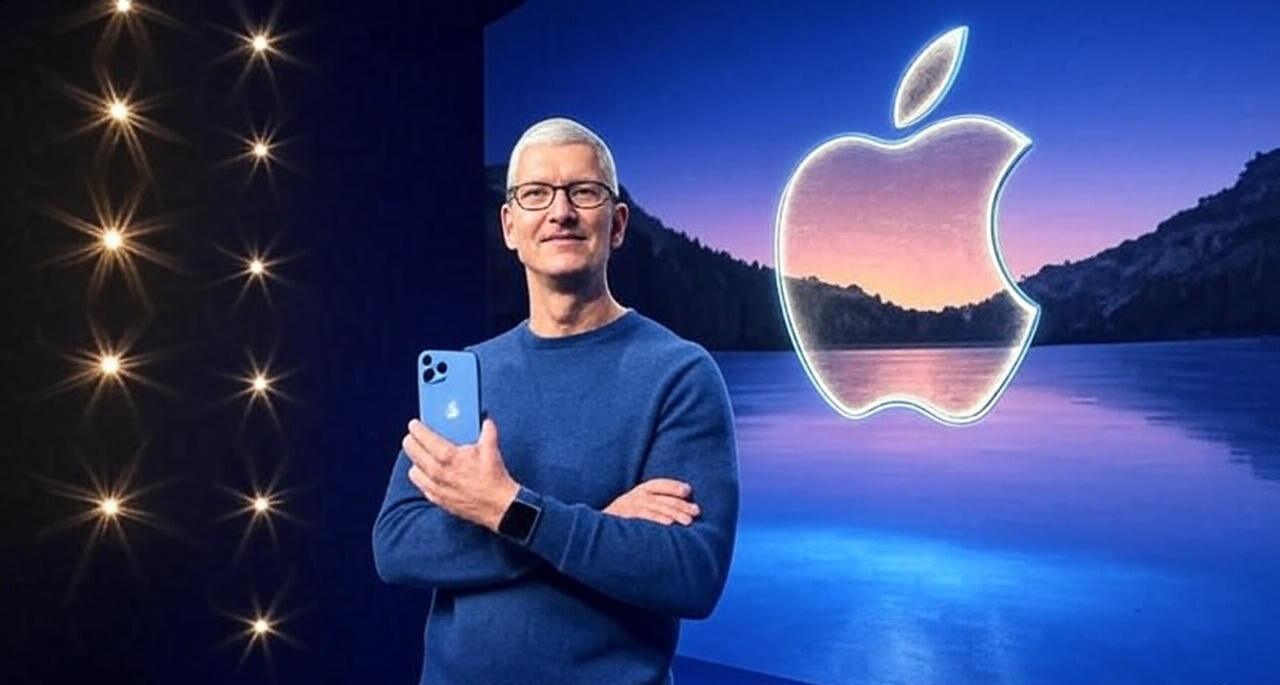
On September 19, 2025, Apple CEO Tim Cook addressed public and investor concerns over recent iPhone price increases, stating that the adjustments stem from supply chain dynamics, not proposed tariffs. As inflation and global trade uncertainties dominate headlines, Apple’s pricing strategy has drawn scrutiny. This article examines the reasons behind the price hikes, Cook’s statements, their implications for consumers and the tech industry, and the broader economic context, offering a detailed analysis of this pivotal development.
Background on iPhone Price Increases
Context of Rising Costs
Apple has implemented price increases across its iPhone lineup in recent months, prompting debates among consumers and analysts. The adjustments coincide with economic challenges, including a reported surge in U.S. grocery prices in August 2025, the largest in nearly three years. Many speculated that proposed U.S. tariffs on imported goods, particularly from China, were driving the price hikes, given Apple’s reliance on global supply chains for manufacturing and assembly.
Tim Cook’s Clarification
During a press conference on September 19, 2025, Tim Cook refuted tariff-related speculation, stating, “Our pricing reflects complex supply chain dynamics, including material and logistics costs.” His remarks aim to shift focus from trade policy concerns to operational challenges, a move analysts see as an effort to maintain consumer confidence amid rising economic pressures and public skepticism.
Supply Chain Dynamics Explained

Key Cost Drivers
Apple’s global supply chain involves suppliers from Asia, Europe, and North America. Several factors have contributed to the cost increases Cook referenced:
- Raw Material Costs: Prices for semiconductors, displays, and battery components have risen due to global shortages and increased demand for advanced technology in smartphones.
- Logistics Challenges: Disruptions in global shipping, such as port congestion and higher fuel costs, have elevated expenses for transporting components and finished products.
- Labor Costs: Rising wages in manufacturing hubs, particularly in China, have increased production expenses for Apple’s suppliers.
- R&D Investments: Apple’s focus on advanced features, like AI integration and enhanced camera systems, requires significant research and development spending, impacting pricing.
Apple’s Supply Chain Strategy
Cook emphasized Apple’s efforts to address these challenges, including diversifying its supplier base and expanding manufacturing in countries like India and Vietnam. These moves aim to reduce reliance on China and stabilize costs over time. However, short-term pressures continue to drive the need for price adjustments, affecting the affordability of iPhones for consumers worldwide.
Consumer and Industry Reactions
Consumer Sentiment
The price hikes have elicited mixed reactions from Apple’s customer base. While loyal users value the brand’s innovation, many express frustration over the rising cost of ownership. Discussions on platforms like X reveal consumer concerns about whether new iPhone models justify their premium pricing, with some exploring alternatives from competitors like Samsung or Google.
Analyst Perspectives
Industry experts have varied interpretations of Cook’s statements. Some view the focus on supply chain dynamics as a strategic deflection from tariff concerns, while others see it as a reflection of genuine operational challenges. “Apple is navigating a tightrope,” said tech analyst Sarah Nguyen of Market Insights Group. “They must balance profitability with consumer sensitivity to price increases in an inflationary economy.”
Implications for Apple and the Tech Industry
Competitive Dynamics
Apple’s pricing decisions could reshape the smartphone market. Competitors may either follow with their own price increases or position themselves as more affordable options. For instance, Google’s Pixel series and Samsung’s Galaxy lineup are gaining traction as cost-effective alternatives with comparable features, potentially challenging Apple’s market share.
Long-Term Strategy
Cook’s remarks suggest Apple is preparing for ongoing supply chain volatility. By investing in diversification and innovation, the company aims to maintain its leadership in the tech industry. However, Apple must address consumer perceptions of value, especially as economic pressures influence purchasing decisions in key markets like the U.S. and Europe.
Economic and Policy Context

Inflation and Trade Tensions
The iPhone price hikes occur amid broader economic challenges. Inflation, evidenced by rising grocery prices, is straining household budgets across the U.S. Proposed tariffs on Chinese goods have also raised concerns about cost increases in the tech sector. While Cook downplayed tariffs’ role, U.S.-China trade tensions could still impact Apple if new policies are implemented, potentially affecting future pricing.
Regulatory Oversight
Apple’s pricing strategy may attract regulatory scrutiny, particularly as consumer advocacy groups demand transparency in pricing practices. The company’s ability to justify price increases through supply chain explanations will be crucial in maintaining trust with consumers and policymakers, especially as debates over corporate pricing intensify.
Conclusion
Apple’s iPhone price increases, addressed by CEO Tim Cook on September 19, 2025, highlight the complex interplay of supply chain dynamics and economic pressures. By attributing the hikes to rising material, logistics, and R&D costs rather than tariffs, Cook aims to reassure consumers and investors. However, Apple faces challenges in maintaining brand loyalty as consumers weigh higher prices against economic realities. The company’s strategic investments in supply chain resilience may mitigate future volatility, but its immediate pricing decisions could influence consumer behavior and competition in the smartphone market. Transparency and value will be key as Apple navigates this critical juncture.





